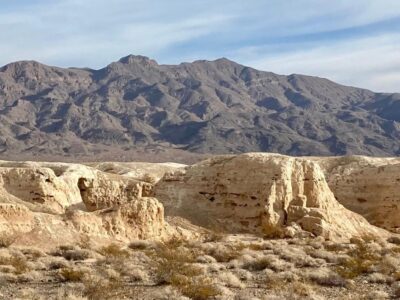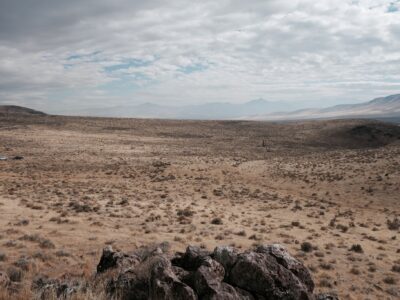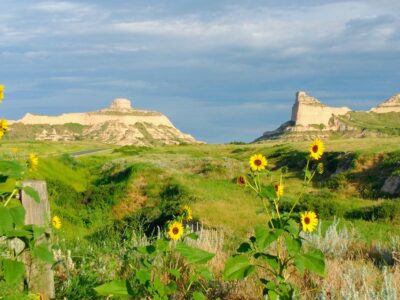The state of Pennsylvania is the story of American life from its very earliest days, and, in many ways, its history represents the very history of the country writ large.
From its diversity of geography and population to its deep roots in the nation’s founding, Pennsylvania and her past, present, and perhaps future are inextricably intertwined with that of the United States of America.
In the hallowed corridors of Liberty Hall where the First and Second Continental Congresses once met to debate the idea of what a new country would look like, and then in the bloody fields of Gettysburg where thousands fell trying to heal the still young country, Pennsylvania tells the tale of the struggle and triumph of the American spirit itself.
Today, the state boasts the sixth largest and densest urban center in Philadelphia and some of the most pastoral, rural natural paradises east of the Mississippi River.
The “Keystone State” contains multitudes across all categories. However, its most important and valuable contribution may be in the historical treasures still preserved in its National Monuments to teach and inspire future generations.
Johnstown Flood National Memorial: Like any good story, Pennsylvania contains a fair amount of tragedy followed by rebirth and renewal, and this National Monument commemorates just such an occurrence. The Johnstown Flood National Memorial is the day in 1889 when the South Fork Dam failed and unleashed some 20,000,000 tons of water on the town, killing more than 2,000. The nation and the world responded almost immediately to mourn, recover, and rebuild the small community. The tragedy stands as an example of the power of community and compassion in the face of unimaginable loss. Today, visitors can walk the grounds or stop in the visitors’ center to learn more.
Photo Courtesy NPS
Thaddeus Kosciuszko National Memorial: This monument preserves the legacy of one of the more little-known but vitally important heroes of the American Revolution: Polish engineer and revolutionary Thaddeus Kosciuszko. A brilliant engineering and military mind, Kosciuszko designed and built vital fortifications and devised unique strategies for the nascent American forces, which led to key victories at Saratoga and Ticonderoga. Today, visitors can learn more about the man Thomas Jefferson referred to as “as pure a son of liberty as I have ever known!”
Photo Courtesy NPS
Benjamin Franklin National Memorial: Benjamin Franklin, one of Pennsylvania’s favorite sons and one of America’s founding fathers, needs little introduction. However, this National Monument in Philadelphia stands as a tribute to his legacy and a resource for visitors to learn more about the man and the myth himself. A 24-foot statue of the statesmen greets all who venture inside the Franklin Institute to pay homage to one of the most unique thought leaders of the American Revolution. The writer and inventor’s ideas led to some of America’s most founding principles, and this site preserves his memory and momentous work.
Photo Courtesy The Franklin Institute
Flight 93 National Memorial: On Sept. 11, 2001, America experienced the worst terror attack on its soil in its history as two planes crashed into the World Trade Center in New York City and one plane into the Pentagon in Washington, D.C., killing thousands. As tragic as the day was, it could have been even worse. This National Monument near Shanksville, PA, commemorates the cherished memory of the people around United Flight 93 who, upon learning of the ongoing terror attacks that fateful morning, took it upon themselves to overpower and take down their hijackers, eventually leading the crash of their plane in a field in rural Pennsylvania that killed all aboard. Their sacrifice is one of many heroic stories from that horrific day, and this site stands to honor that sacrifice and the indomitable human spirit.
Photo Courtesy NPS





